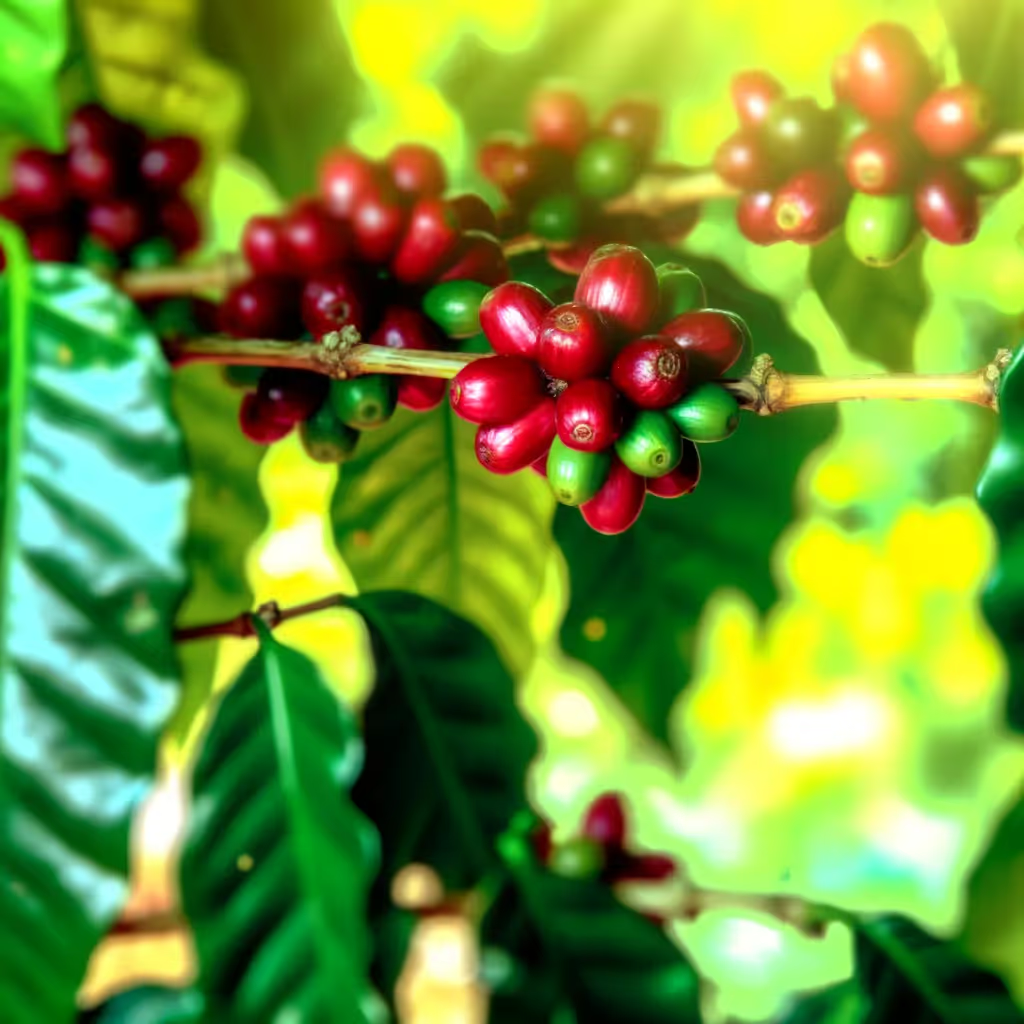Philippine Coffee: Exploring the Rich Flavors of the Cordillera Region
The Philippines is one of the few countries that produce all four commercially viable species of coffee: Arabica, Robusta, Excelsa, and Liberica.

Philippine coffee is a hidden gem in the world of specialty coffee. Grown in the lush mountains of the Cordillera region, these beans offer a unique flavor profile that reflects the diverse landscapes of the archipelago. With a rich history dating back to the 18th century, Philippine coffee is experiencing a renaissance, with farmers focusing on quality and sustainability to produce exceptional beans that are gaining recognition on the global stage.
History
Coffee was introduced to the Philippines in the 1740s by Spanish friars. The industry flourished in the 19th century, making the Philippines the fourth-largest coffee exporter globally. However, a coffee leaf rust epidemic in the 1890s devastated crops. Today, the country is experiencing a coffee revival, with a focus on specialty coffee and sustainable farming practices. The unique terroir and growing conditions of the Philippine highlands contribute to the distinct character of its coffee.

Philippine
Local Coffee Customs
Economic Impact
Awards
- Gourmet Coffee of the Year (2019)
Brewing Methods
- Pour-over
- French Press
- Espresso
Certifications
- Organic
- Fair Trade
Common Varieties
- Arabica
- Robusta
- Excelsa
Flavor Profile
- Chocolate
- Nuts
- Citrus
Popular Brands & Roasters
- 18 Days Coffee
- Kalsada Coffee
- Figures of Beans
Tourism & Culture
Coffee enthusiasts can visit the Cordillera region, particularly Benguet and Sagada, to experience coffee farms firsthand. Many farms offer tours, showcasing traditional and modern cultivation methods, as well as cupping sessions to taste the unique flavors of Philippine coffee.
Future Outlook
The Philippine coffee industry is poised for growth, with increasing focus on specialty coffee production and sustainable farming practices. As global demand for unique coffee origins rises, Philippine coffee is expected to gain more recognition in the international market.
Roast Recommendations
- Medium
- Dark
Sustainability Practices
- Shade-grown cultivation
- Organic farming initiatives
Traditional Preparation Methods
- Kapeng Barako (strong native coffee)
- Kape Alamid (civet coffee)
Typical Harvest Season
Typical Processing Methods
- Washed
- Natural
- Honey




